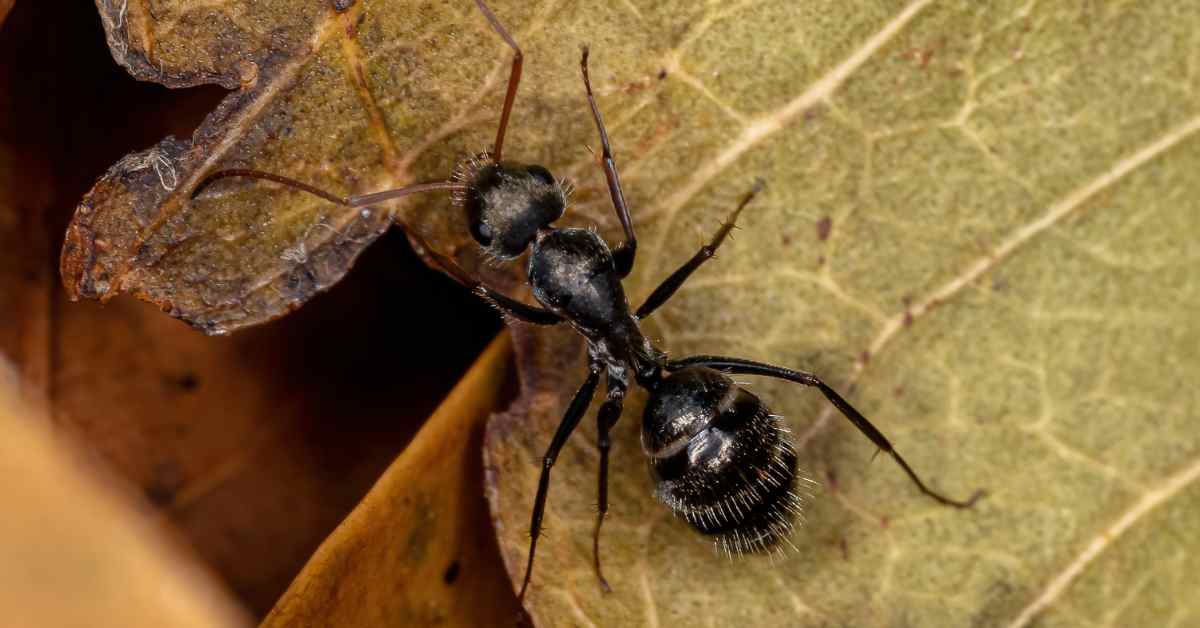Eusocial insects, like ants, live longer in groups because their colony serves as a single superorganism, making it difficult for an individual insect to live in isolation. Every colony member performs a distinct task and relies on the other fellow. Accordingly, these social insects suffer significantly in isolation and die earlier due to loneliness.
On 27 September 2023, researchers from the University of Lausanne and the National Institute of Advanced Industrial Science and Technology conducted research to determine the impact of isolation on ants’ lifespan and published results in nature communications. They found that oxidative stress, hyperactivity, and disturbed sleep are responsible for reduced lifespan in socially isolated ants.
They engage in group activities and coordinate to ensure survival due to their social nature. They cannot live as a single entity and die before the completion of their lifespan when they get lost in the environment accidentally. Some researchers conducted research to determine ants’ behavioral changes in isolation and found a reduction in their lifespan.
Isolation is stressful and deadly for social insects
Social insects adapt to survive in the form of groups and engage in collective activities because they are dependent on each other, while solitary ones can live alone in solitary conditions.
Isolation is not a problematic thing for solitary creatures, like ladybugs and praying mantis, but it poses severe stress on social insects that are not adaptive to survive alone.
It has a negative impact on their behavior and lifespan, and such changes lead to the early death of ants, honeybees, and other insects that make colonies and live together.
Moreover, they perform specific tasks in the colony for their entire life and depend on fellows for survival. So, they cannot survive aimlessly and die quickly when struggling with loneliness.
Study on changes in carpenter ants’ lifespan after social isolation
Akiko Koto, Tomas Kay, Laurent Keller, Makoto Tamura, and a few other researchers from National Institute of Advanced Industrial Science and Technology, loacted in Japan, and the University of Lausanne, Switzerland, conducted research to study the impact of social isolation on the lifespan of ants.
They used carpenter ants (Camponotus fellah) as a model organism and studied genetic or behavioral changes during isolation which were collected from queenright colonies.
They had the same genetic background, age, size, and were kept in the same environmental conditions to identify the behavioral changes according to their number.
A group of 10 ants were placed in one box (105x87mm), and an individual ant was kept in another plastic box of the same size. Honey, water, light, and eggs were provided to create a suitable habitat.
They extracted RNA from ants living alone and in groups and used it to synthesize cDNA to sequence the bases with an Illumina HiSeq machine.
They performed RNA sequencing and analyzed the transcriptome level differences to compare the changes in socially isolated carpenter ants with those living in groups.
Analysis of the phylogeny of CYP clan 3, differential gene expression of Cytochrome P450, and ontology through advanced technologies helped them to find changes in gene expressions.
Also, they tracked movement by capturing photos of their movements in the plastic containers and found the orientation of their movement.
They compared their speed, sleeping patterns, metabolic functions, immunity, and eating behavior from those living in groups and found significant changes.
Furthermore, they published a research paper on 27 September 2023 in nature communications and mentioned their findings related to changes in the lifespan of isolated ants.
They found that isolated species of worker carpenter ants lived for only one-tenth of the lifespan of other fellows that were kept in groups.
Impact of social isolation on ants’ behavior and lifespan
During the study, Koto and Keller studied the impact of social isolation and its impact on their altered behavior and shortened lifespan of isolated C. fellah.
One of the most prominent differences found in socially isolated ants was their speed, orientation, and movement pattern. The isolated ones were hyperactive and engaged in random movement.
They were usually found close to the periphery of the closed plastic container due to the stress of being alone. This stress of loneliness changed their activity patterns as isolated ants wandered aimlessly.
Moreover, they found that the metabolic and behavioral changes induced by social isolation were due to changes in the genes that are involved in oxidation-reduction processes.
They noticed significant changes in oxidoreductase-coding genes used to regulate the oxidation-reduction reactions as gene expression increased in the isolated ones.
This increase of gene expression was observed in fat bodies and oenocytes responsible for ROS accumulation in their bodies, and high ROS levels had detrimental effects on survival rate.
Increased production of ROS can cause oxidative stress because an insect’s body can only detoxify a specific quantity of reactive oxygen species.
In addition, both isolated and groups were offered the same type and quantity of food, water, and nesting spots to compare the changes in their behavior.
The isolated ones suffered from digestive problems; less food was found in their stomach when dissected. Disturbed sleep was observed in them as they felt under stress and could not sleep well.
Metabolic dysfunction, oxidative stress, less food intake, and hyperactivity were found to be the noticeable reasons for the reduced lifespan of socially isolated ants.
Social isolation does not affect the lifespan of queen ants
Isolation has a significant impact on the survival rate of worker ants that are living in monogynous or polygynous colonies. The absence of queens increases the lifespan of worker ants up to some extent.
However, queens can survive alone due to their ability to reproduce, as these reproductive females can start a colony from scratch if they have sperms in the abdomen.
The male drones, sterile female workers, soldier ants, and larvae cannot survive in social isolation because they need food and care from each other.
So, this isolation does not affect queens like other colony castes, as these can produce more workers to care for them.
Related Articles:


